Oases of the oceans: Seamounts of Cabo Verde
Seamounts have a volcanic origin from magmatic intrusions through the oceanic crust as described in “are you curious”. Around the Cabo Verde Archipelago there are 10 main seamounts that have not reached the water surface so far. The top of the seamounts is 90 m to 3000 m below sea level.
Seamount ocean dynamics
The form of the seamounts causes ocean water dynamics that are favorable for food supply and thus life at the seamount.
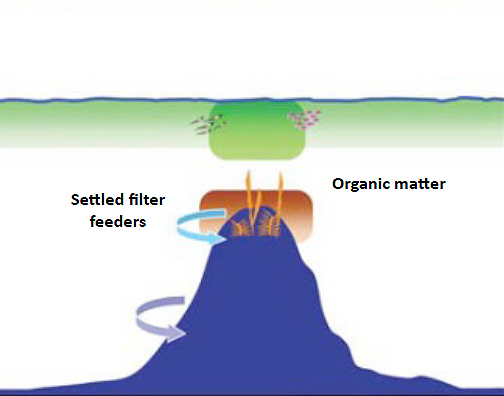
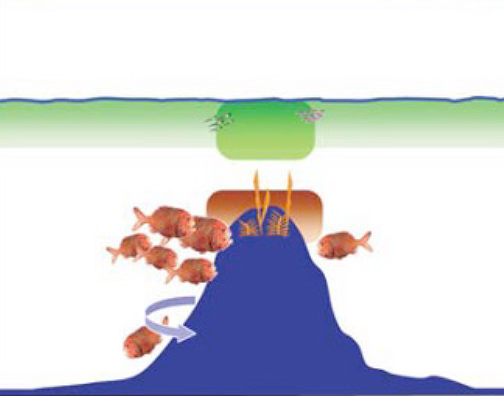
Organic matter, zooplankton and micronekton get advected by currents and are trapped hydrodynamically.
This builds the basic nutritional source for seamount fishes. On top of the seamount filter feeders and zooplankton are important food sources for fish.
Life on seamounts
High primary productivity at the seamount attracts a variety of life such as zooplankton, small pelagics, molluscs, fish, marine mammals, sharks and seabirds.
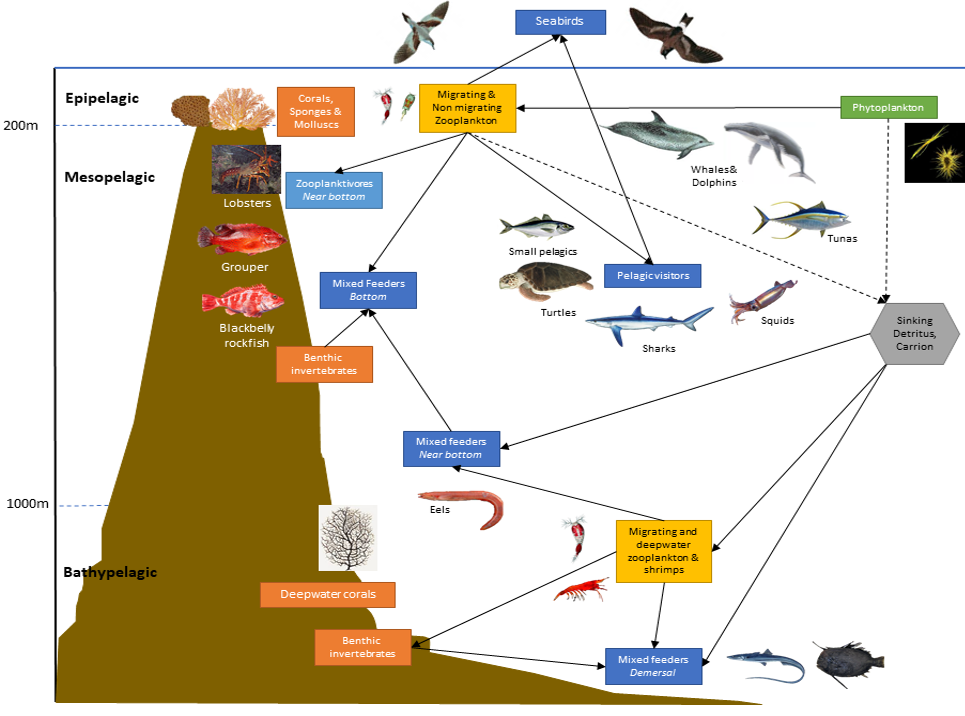
Fishing on seamounts
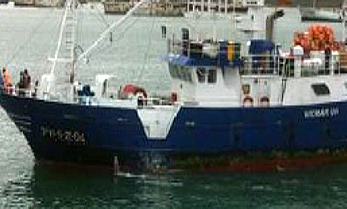
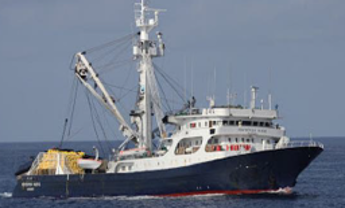
Foreign fleets (>100 large-scale purse-seiners and longliners) fish on seamounts for skipjack, yellowfin, and bigeye tunas. Longliners also target blue sharks. These are, landed in Mindelo and exported internationally.
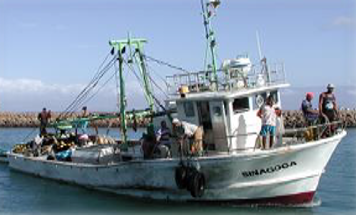
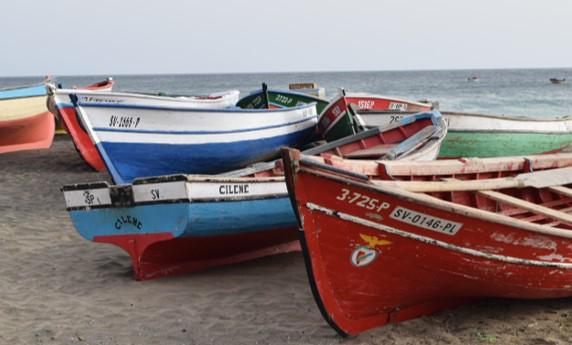
The national fleet (>90 semi-industrial and industrial fishing purse-seine vessels, > 1000 small-scale artisanal handliners). These target tunas, small pelagics (mackerel), and demersals (grouper). Their catch can be processed in Mindelo into canned product (sold locally and exported) or sold directly on the local market.
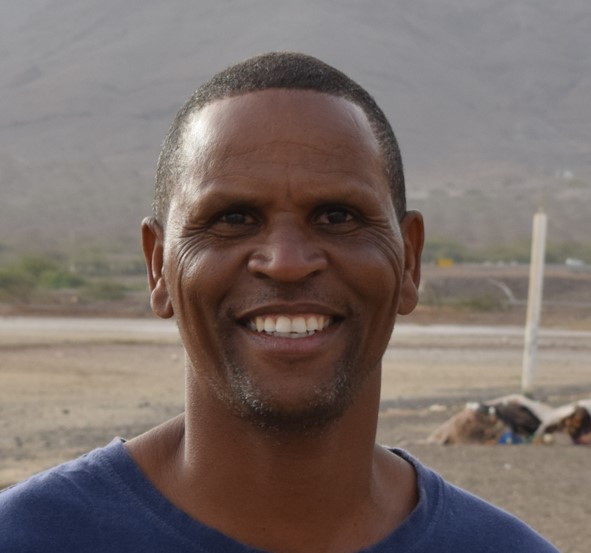
“Seamounts are excellent fishing grounds for tuna, especially between July and August. On a good day, I catch up to 500 kg.“
Luis Andrade, São Pedro fishermen association
Future exploration
Seamounts are complex ecosystems that remain poorly understood. For example, these systems may present high endemicity on different trophic levels but may also act as stepping stones for certain migratory species. Continuous evolving technologies allow us to explore seamounts and discover new species and their ecosystem function.
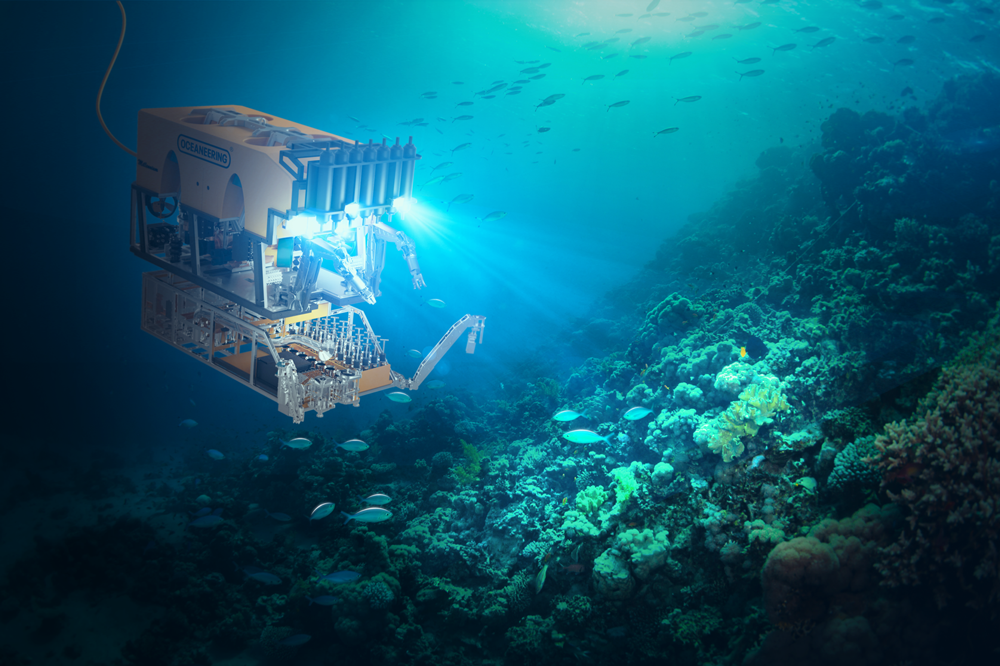
ROV exploring a seamount (from the Global Seamount Project)
Helen Packer (TOSST), Ivanice Monteiro Silva (INDP/OSCM), Nivaldo da Cruz (Uni CV), Ricardo Arruda Monteiro da Silva (TOSST)
